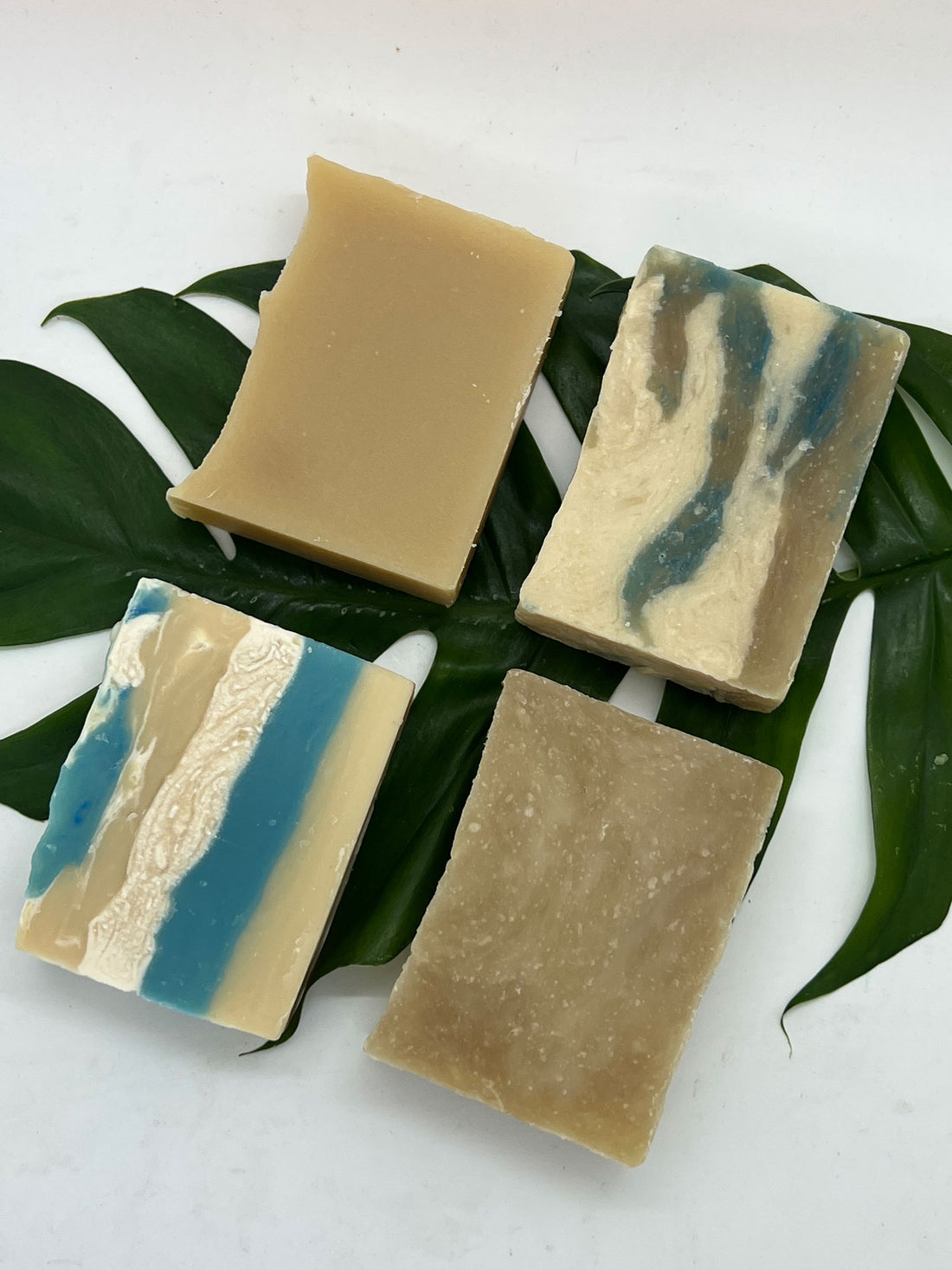A Day in the Life of a Handmade Soap Maker vs. a Commercial Soap Maker
Labor Day is a time to celebrate the achievements of workers in America. So, what better way to celebrate than by taking a quick look at the day-to-day life of two different types of soap makers?
When it comes to soapmaking jobs, there are two main types: handmade and commercial. In this blog post, we'll be giving you a brief overview and will be comparing and contrasting the production workdays of a handmade soap maker and a commercial soap maker.
Handmade Soap Makers
For handmade soap makers, no two production days are alike. Each batch of soap is made by hand, from start to finish. That means that handmade soap makers have to be very organized and efficient in their work. They typically start their handmade soapmaking production day by setting up their workspace and gathering all of the necessary materials. Then, they'll measure out the ingredients for the batch of handmade soap they're going to make. Once all of the ingredients are measured out, they'll begin mixing them. The next step differs for hot process soap makers and cold process soap makers, so let's take a look at a few of those differences.
Handmade Cold Process Soap Makers
If the soap is made by hand using the cold process method, after the ingredients are mixed it's time to pour the mixture into molds. The saponification process continues for at least the next day while the soap is sitting in the mold. Once the soap has hardened in the molds, it needs to be cut into bars and cured for 4-6 weeks. During this curing process, the water evaporates out of each of the cold process handmade soap bars, leaving behind a harder, longer-lasting bar. After the curing process is complete, the bars of handmade soap are ready to be packaged up and sold locally at perhaps a farmer's market or pop up shop or shipped off to online customers!
Handmade Hot Process Soap Makers
The hot process of soapmaking involves cooking the soap mixture. Many hot process soap makers use a crock pot as the vessel within which to cook the soap mixture. After the soap has cooked, been put into a mold, and cooled until the next day, it is ready to be cut into handmade soap bars. It is technically soap that could be used right after it is finished cooking because saponification is already completed. The hot process soap maker will instead usually let it dry out for a few days to a week or two or even longer. Then it is ready to package and sell as handmade soap.
This type of soap is different from cold process soap, which does not involve cooking the mixture. As a result, hot process soap is typically ready to use sooner than cold process soap. Because of this, hot process soap is a popular choice for busy handmade soap makers who want to get their soap bars to market quickly while still producing an equally high-quality handmade soap as the more widely known cold process soap bar.
Handmade Soap Makers Who Make More Than One Type of Soap
But what about the soap makers who make more than one type of soap? What are their days like? Keep in mind though that some soap makers may make some batches as hot process soap and others as cold process soap, so part of their day may be spent doing cold process soapmaking tasks and other parts doing hot process soapmaking tasks.
There are also handcrafted soap makers who make neither hot process soap nor cold process soap, but they make glycerin soaps. Their processes are a little different and involve using their creative skills to turn pieces of a premade glycerin soap base into their own handcrafted creations. The glycerin soap maker will cut up the soap base and melt it down. After adding whatever other desired ingredients, they will pour the glycerin soap mixture into individual molds or a loaf mold. Once the soap hardens and is unmolded and cut into bars, if necessary, it is ready to be packaged and sold. There is no waiting, so this type of soapmaking is very popular.
There are handmade soap makers who may make all three types of soaps: hot process handmade soaps, cold process handmade soaps, and glycerin soaps. So their days are a combination of all the tasks that the different types of soap makers would have to do during a soap production day.
Commercial Soap Makers
Commercial soap Makers typically work in large factories with hundreds of other workers. Their job is to operate machinery that mass produces soap bars. This type of work is very different from handmade soapmaking because it's much more fast-paced and repetitive.
Commercial soap makers typically start their day by clocking in and putting on safety gear. Then, they'll head to their assigned station and begin operating their machine. Throughout the day, they'll be responsible for monitoring the machine as it churns out batch after batch of soap bars. When their shift is over, they'll clock out and head home for the day.
Conclusion:
So there you have it! That was a quick look at the life of a handmade soap maker vs a commercial soap maker. If you were just interested in what people do in those types of jobs, you now know a little more about how some of them may spend their days.
If you are thinking about a job change or maybe just a side gig, which one sounds right for you? If you're looking for a slower-paced job where you can use your creativity to make unique products, then handmade soapmaking might be for you. But if you're looking for a fast-paced job where you can earn a steady paycheck, then working in a commercial factory making mass-produced soap bars might be a better fit. Whatever you decide, we hope you have a happy Labor Day!

